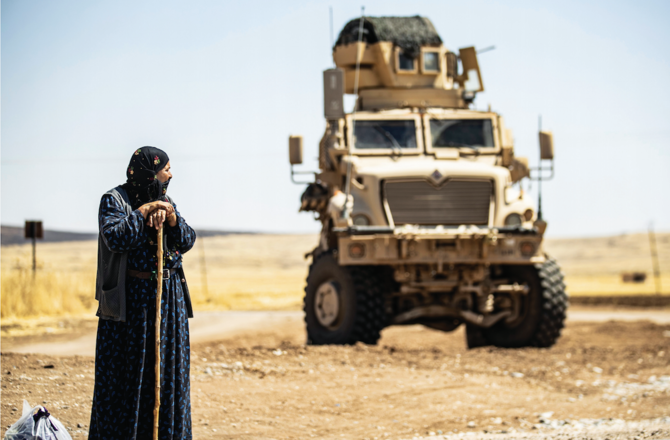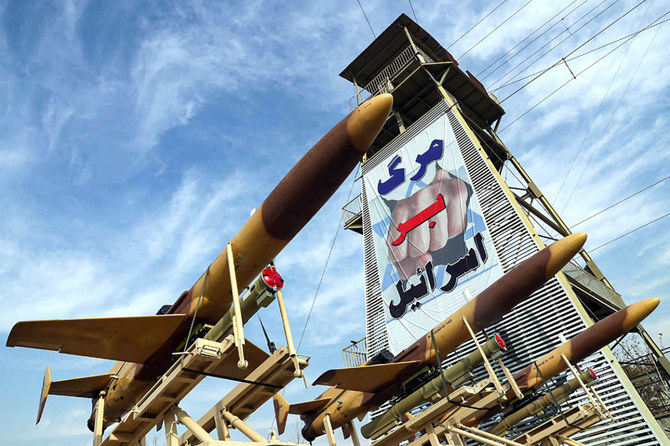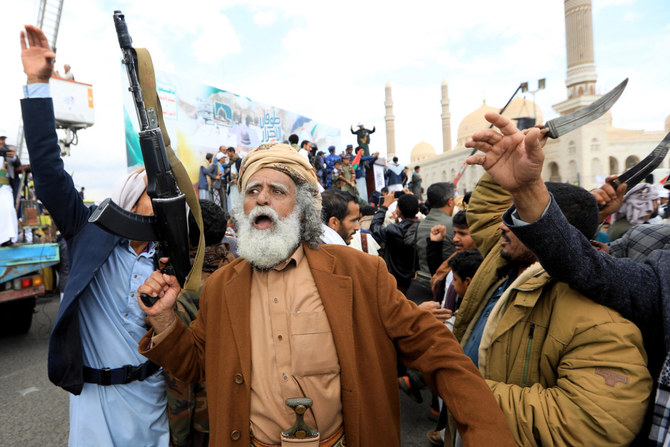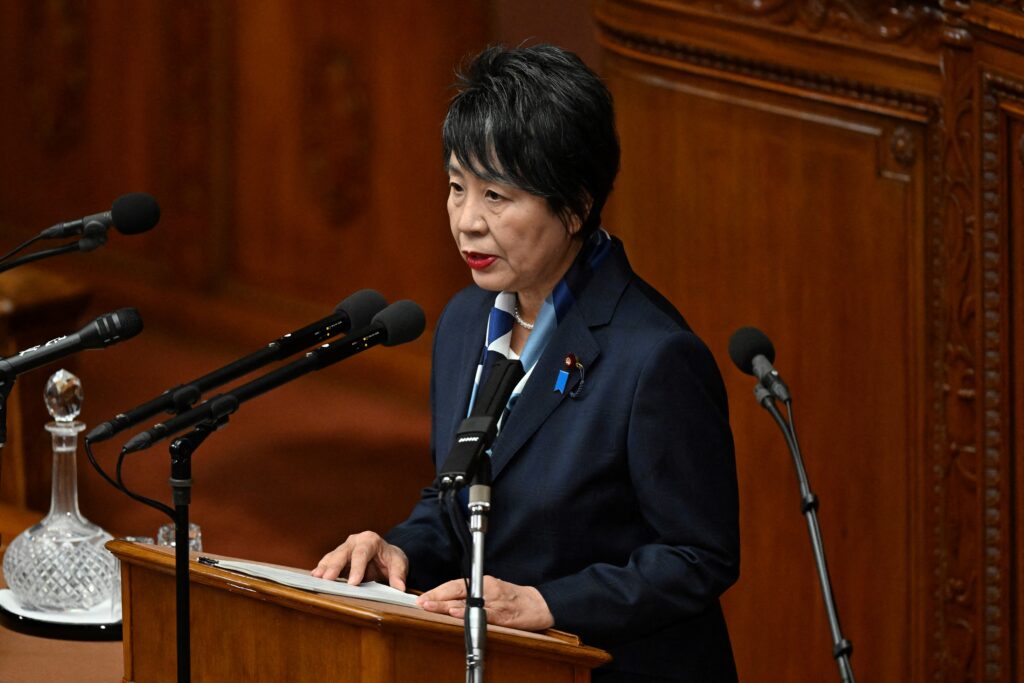DUBAI: Since a deadly coronavirus outbreak in China’s Wuhan city late last year began to spread to the rest of the world, most of humanity has had no choice but to cope with the blows of a pandemic without a vaccine.
While the crisis has affected people’s lives, cutting across political and geographical boundaries, few groups have proved more vulnerable than the world’s large population of displaced and dispossessed living in conflict zones.
At the same time, the wellbeing of billions of people hangs in the balance, with unemployment rates projected to soar and potentially affecting the lives of 1.6 billion “informal economy” workers worldwide.
The international community has seldom faced such a perfect storm of challenges in living memory.
“The pandemic exacerbates so many of the world’s problems — war, racial and economic inequalities, gender inequality, poverty and more,” Kerry Anderson, writer and political risk consultant, told Arab News.
Several countries in the Middle East were already lagging behind in socioeconomic development due to conflict, drought, political unrest or environmental degradation.
With the advent of the pandemic, however, they had to quickly take on mankind’s latest common enemy: The novel coronavirus.
In response to the unfolding crisis, UN Secretary-General Antonio Guterres called for a worldwide cease-fire in March, urging parties to lay down their weapons.
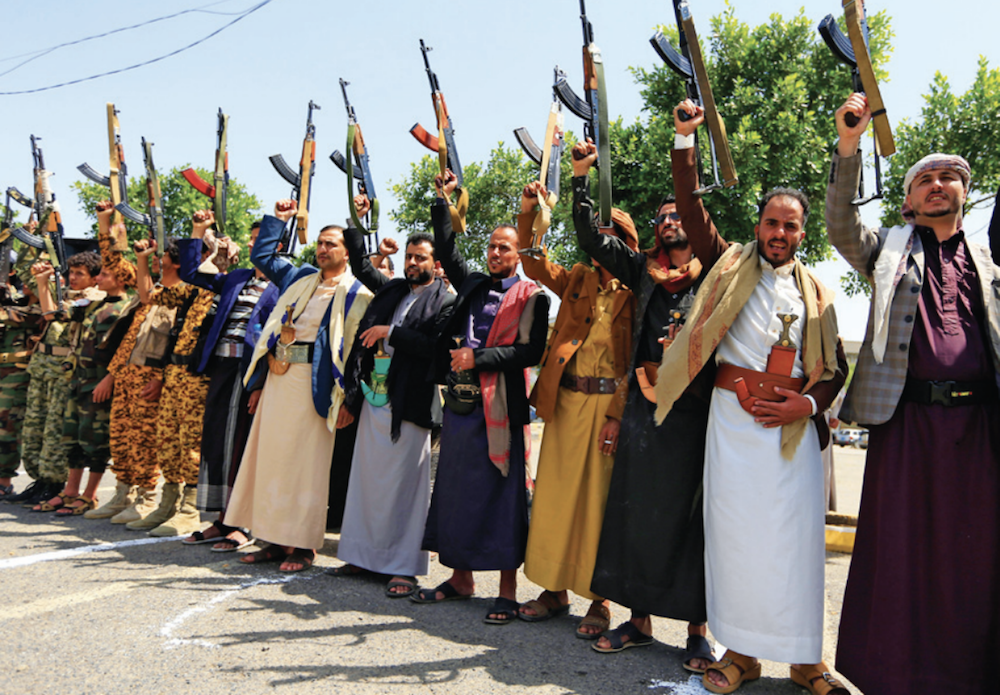
Houthi fighters in Yemen’s capital Sanaa have not ratcheted down their rhetoric despite rising coronavirus cases. (AFP/File Photo)
In an emotional appeal, he warned: “It is time to put armed conflict on lockdown and focus together on the true fight of our lives.”
He pointed out that vulnerable groups such as women, children, people with disabilities, the marginalized, displaced and refugees typically pay the highest price during any conflict. They were now at risk of suffering “devastating losses” due to the pandemic, he said.
Four months on, did Guterres’s appeal make any difference to the lives of the people he had in mind?
To Anderson, cease-fires are important tools, but they must be followed up with action. A preliminary cease-fire is an “essential” but “temporary” approach, “not a solution to a conflict,” she said.
“A pandemic-related truce would help buy time to mitigate the effects of the virus in some of the world’s most vulnerable places. However, both the pandemic and the causes and consequences of conflict are likely to outlast a cease-fire.”
To develop longer-lasting solutions (such as definitive cease-fires), the international community must use this moment to build a more “cooperative approach to entrenched problems,” Anderson said.
In other words, a pause in fighting only presents an opportunity to pursue more durable diplomatic solutions to a conflict.
“It’s a window of opportunity to provide humanitarian aid, and an opportunity to try to both prepare for and mitigate the spread of coronavirus,” Anderson said.
Gueterres’s plea to “silence the guns” and raise “the voices for peace” resonated worldwide. Eleven countries mired in protracted conflicts agreed to observe a cease-fire, and 170 signatories endorsed the appeal by June.
On the face of it, they supported the UN chief’s call to silence all guns and stand united against the world’s first pandemic in decades.
But as Guterres himself noted later, the support for his cease-fire call was nominal in some countries, and “there was still a distance between declarations and deeds in many countries.”
In some of the most volatile parts of the world, namely the Middle East and North Africa, the appeal of cease-fires proved fleeting.
Reports of airstrikes and clashes between rival sides poured in from Libya, Iraq and Yemen, while the health-care situation deteriorated further in war-torn Syria.
In Yemen, reeling from the world’s worst humanitarian crisis, a two-week cease-fire proposed by the Saudi-led coalition backing the UN-recognized government went into effect on July 9.
But just days after the agreement, seven children and two women died in an incident that marked the start of a fresh round of tit-for-tat attacks that have defied the UN’s appeals for a cease-fire.
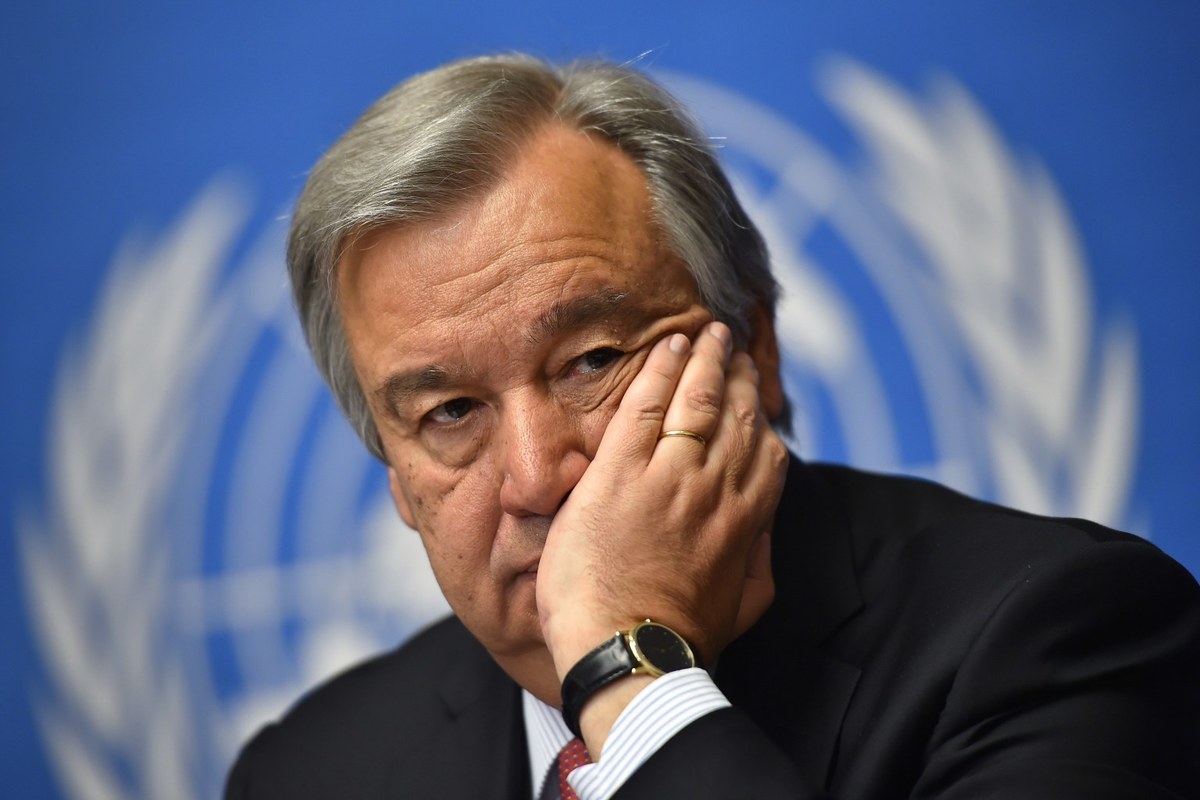
UN chief Guterres has urged combatants to lay down their weapons and focus on the ‘true fight of our lives.’ (AFP/File Photo)
Laura Petrache, a senior adviser to the Paris-based Migrant Integration Lab, said Yemen is in “urgent” need of a pause in the fighting in view of the increasing coronavirus cases in the war-torn country.
She views a cease-fire as a “perfect opportunity” to end the conflict as well as contain the COVID-19 outbreak.
“Less than 50 percent of Yemen’s hospitals and clinics are operational, and most lack qualified staff, medicine and often electricity,” she told Arab News.
Another country where the UN’s cease-fire call has failed to make a dent in the violence level is Libya.
On July 4, overnight strikes destroyed military equipment when they struck Al-Waitya in Tripoli’s outskirts, a base that had just fallen to Turkey-backed forces.
The attack took place even though both the Turkey-aligned Government of National Accord (GNA) and the rival east-based Libyan National Army had publicly welcomed the UN’s cease-fire call, according to Petrache.
One place where a cease-fire appears to have largely held is in Syria’s Idlib province, even though the situation there remains “fragile,” said Anderson.
“Idlib has seen its first confirmed COVID 19 case (in July), raising serious concerns about the potential for the virus to spread through a region overcrowded with Syrians displaced by war,” she added.
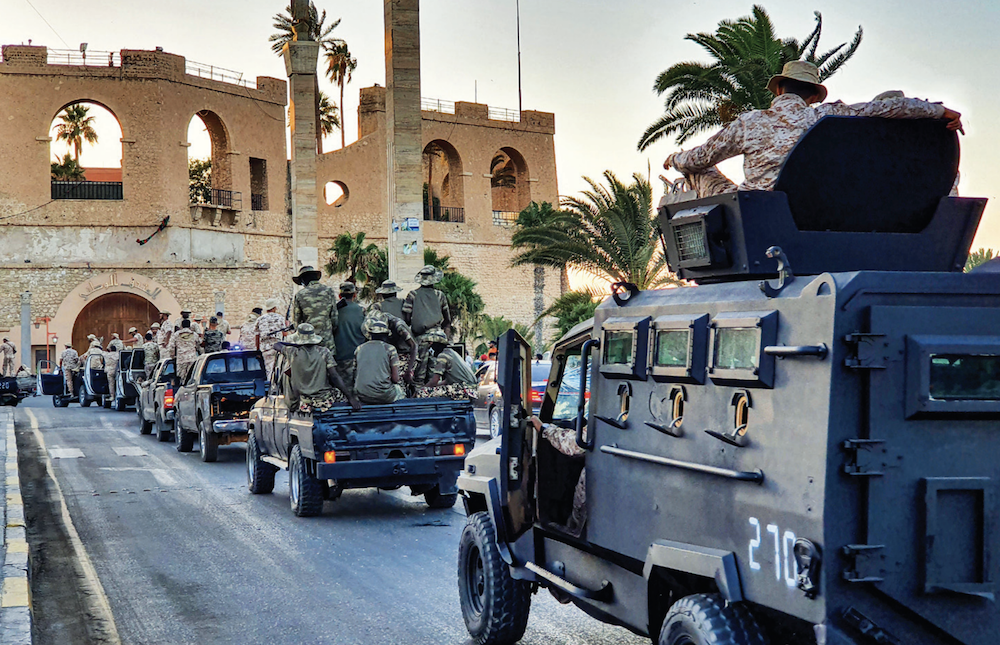
Kurdish-majority northeastern Syria is one of the many conflict zones vulnerable to COVID-19’s ravages. (AFP/File Photo)
The UN estimates that Syria’s public-health infrastructure, devastated by war, requires $10 billion in aid to combat the impact of conflict and the pandemic.
“Further fighting would only exacerbate an already dire situation and undermine any efforts to address the pandemic,” Anderson said, adding that it is vital that key border crossings are kept open for humanitarian aid to pass through.
For over a month now, an eerie calm has prevailed in the Gaza Strip, marking a sharp departure from the usual flare-ups in the besieged Palestinian territory.
“There has been no official cease-fire, but Israel and Palestine have put aside their disputes and made joint efforts to fight COVID-19,” said Petrache.
However, attacks have been reported at checkpoints in the West Bank as tension remains high over the Israeli government’s threat to annex parts of the occupied territory.
Despite the reduction in violence in parts of the world since the onset of the pandemic, the condition of children in conflict situations continues to be a cause for concern.
The cease-fires during the pandemic, if adhered to, are predicted to protect 250 million children.
“There’s going to be a generation of people who have suffered severe loss, now known as ‘human devastation syndrome,’ due to the absolute refusal of combatants to uphold any recognized standards of behavior during war,” Kimberly Gleason, associate professor at the American University of Sharjah, told Arab News.
“Unfortunately, the conflicts in Libya, Syria and Yemen involve a heavy flow of foreign fighters. So although it looks as though COVID-19 hasn’t spread significantly there yet, fighters coming from countries with known coronavirus epidemics can easily infect local populations.”
Gleason also worries about the repercussions of the practice of targeting health facilities in war zones by combatants, which the Middle East has witnessed in recent years.
“Every additional day that these conflicts drag on, and every health-care worker who is lost to COVID-19 or conflict, is a tax on future economic recovery,” she said.



